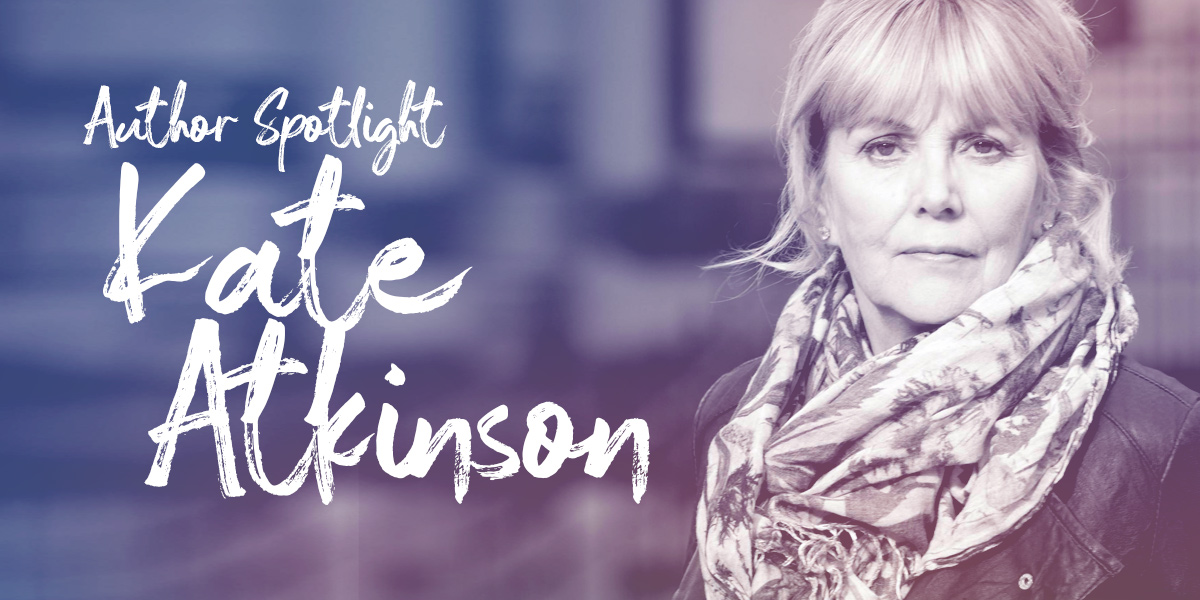
Kate Atkinson’s first novel, Behind the Scenes at the Museum, was named England’s Whitbread Book of the Year in 1996. Since then, she has written nine more ground-breaking, bestselling books. Her latest novel, Transcription, a dramatic story of WWII espionage, betrayal, and loyalty, was heralded by the Seattle Times as “mesmerizing, from every angle.”
RM: Transcription begins with 18-year old Juliet Armstrong, who’s recruited into the world of espionage to monitor British Fascist Sympathizers during the Second World War. What first attracted you to her as a character, and what surprised you?
KA: I knew I needed my main character to be a young woman in 1940, someone who would grow in the course of the following decade, someone who would be able to keep secrets -both her own and those of others. You can’t be surprised by your own characters – you control them, after all, but what you choose to do with them can be unexpected. I hadn’t planned to make Juliet such a pathological liar, nor for her to be so fond of food!
RM: The novel jumps between Britain in 1940, 1950, and 1981. What sort of research did you have to do?
KA: I did a lot of research about the war for the previous two books so I did relatively little for this one. I wasn’t so much interested in the war aspect of the novel, rather it was the story itself– the counter-subversion department of MI5 – which had grabbed my attention. That was where the main focus of my research was. And of course, the 1940 part of the book takes place during the so-called ‘phony war’ when the battle hadn’t reached Britain. I feel as though I was alive in 1950 even though I wasn’t born until a year later and I definitely lived through 1981…
RM: Life After Life and A God in Ruins were also set during World War II. What draws you to that time period?
KA: Writers are vultures and war provides them with the best food to feed on. It’s a time of heightened emotion and energy, the stories – the real-life stories – simply spill out of that period.
RM: How did this novel evolve for you over the time you wrote it?
KA: Well, I don’t know if evolve is the right word, I’m not sure what the right word is. Writing’s a very organic process and for me, one sentence simply follows the next, I don’t plan that much ahead of time. I only really start to think once my fingers touch the keyboard.
RM: In the author’s note at the end of the book, you describe the book as “a wrenching apart of history followed by an imaginative reconstruction.” How did you manage the balance between fact and fiction?
KA: It’s tricky! In the midst of writing I agonize quite a lot but then afterwards I realize that I’m no longer sure what I’ve made up and what is ‘true’.
RM: Did you always want to be a writer?
KA: No. I started writing in my thirties, before that I was a reader – which is the best apprenticeship for a writer.
RM: What do you have on your bookshelf or audiobook queue now? Do you have any recommendations of recent books?
KA: The best two books I have read recently were Circe by Madeleine Miller and The Silence of the Girls by Pat Barker. At the moment I have only non-fiction in my queue. Ben McIntyre’s The Spy and the Traitor will be next.

